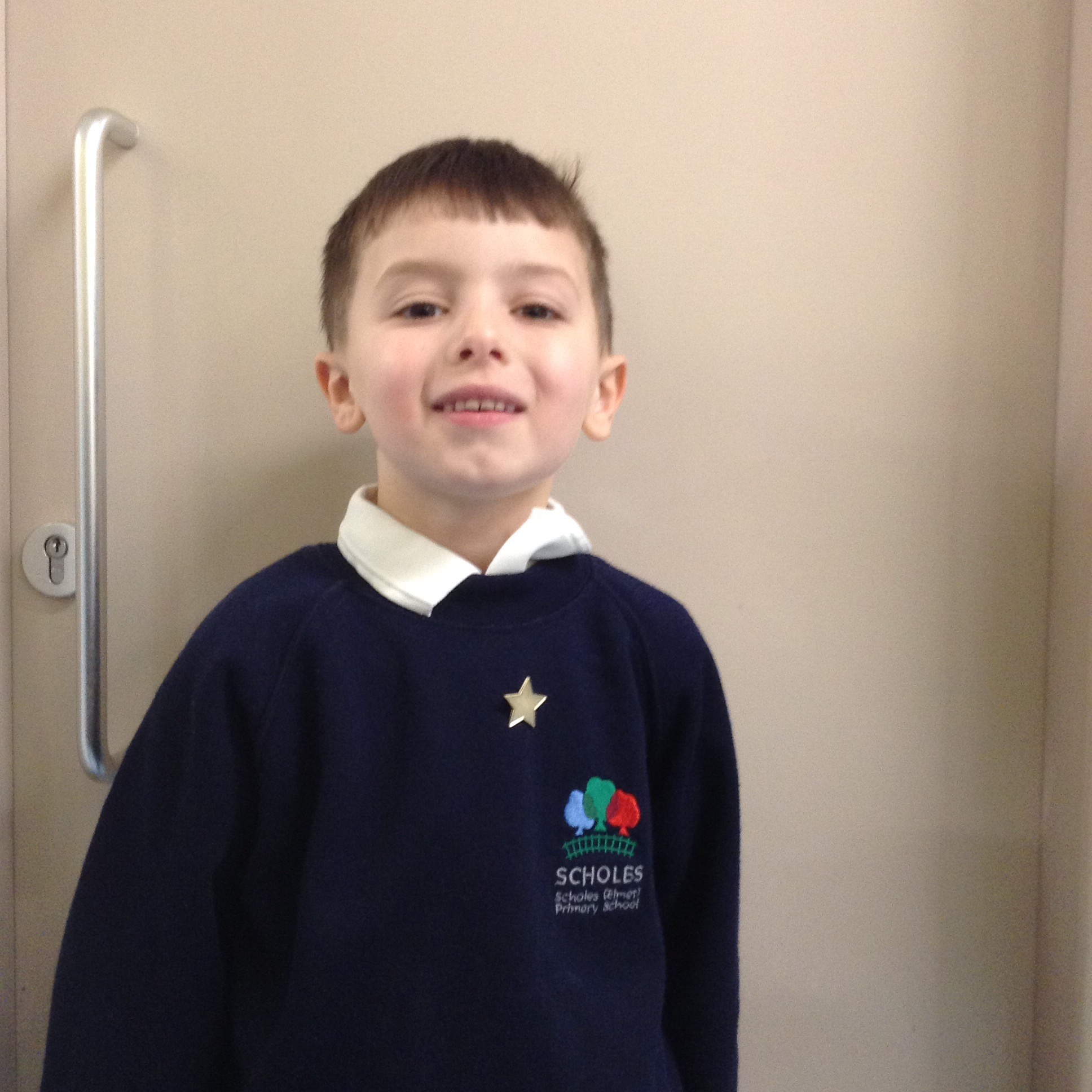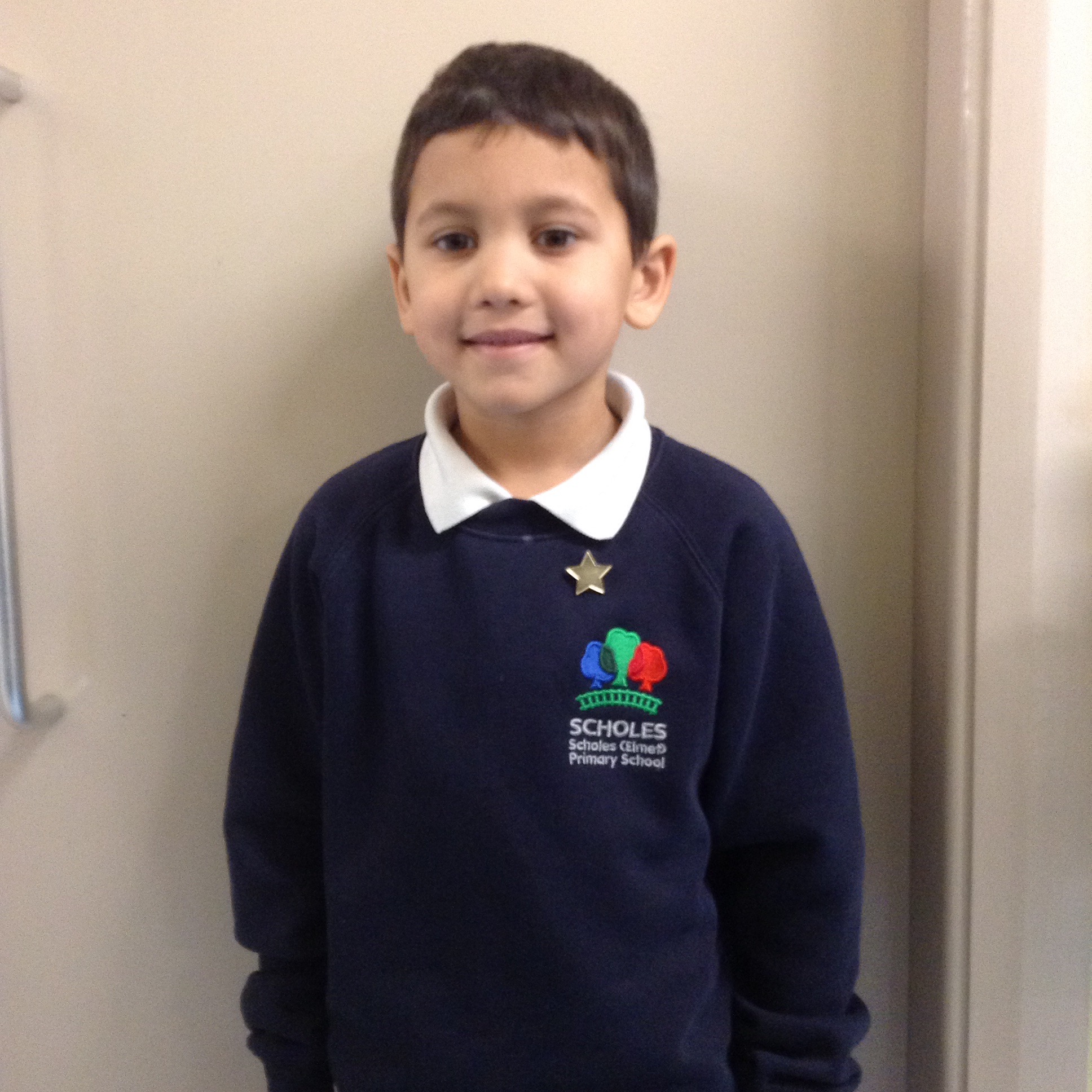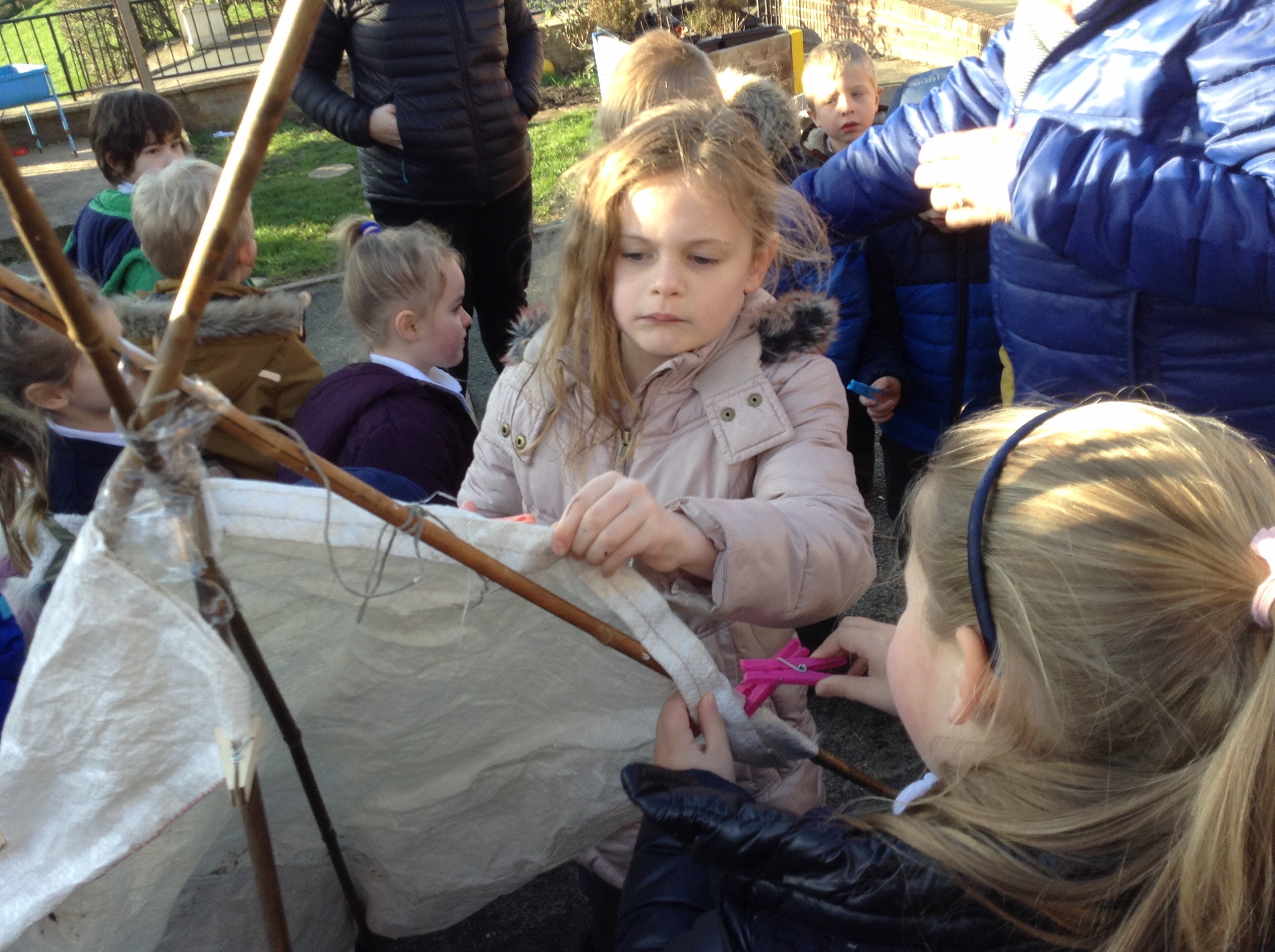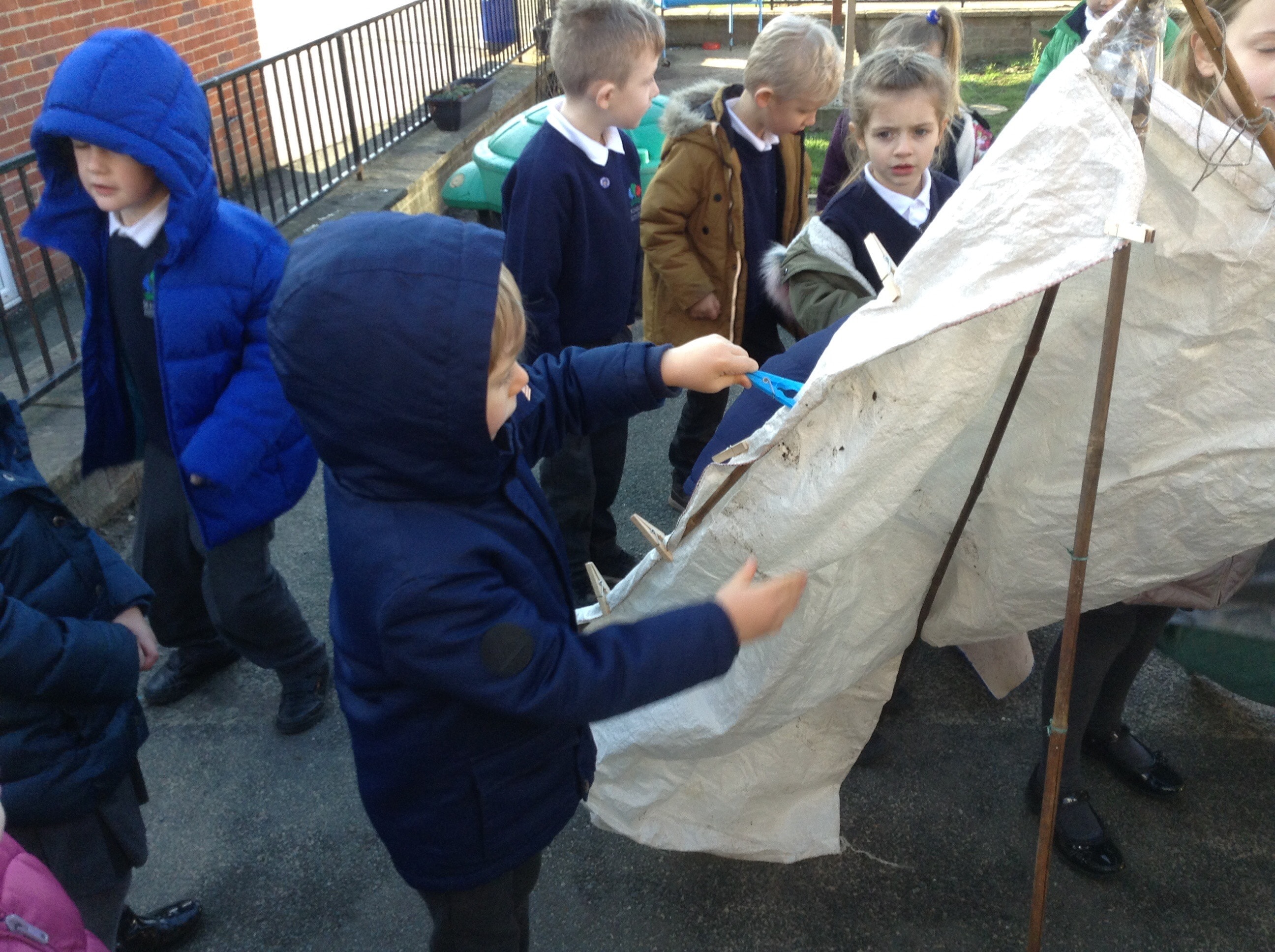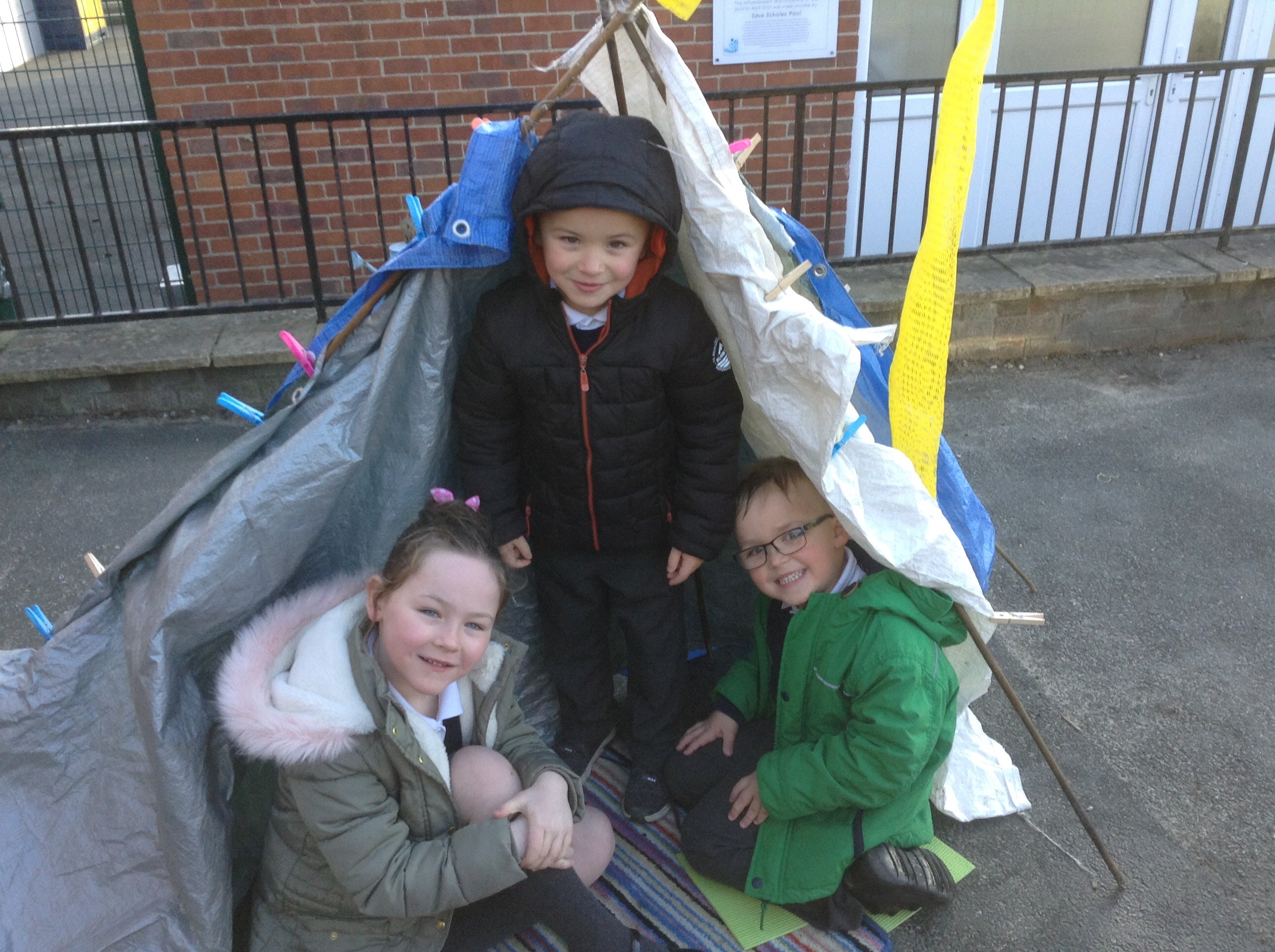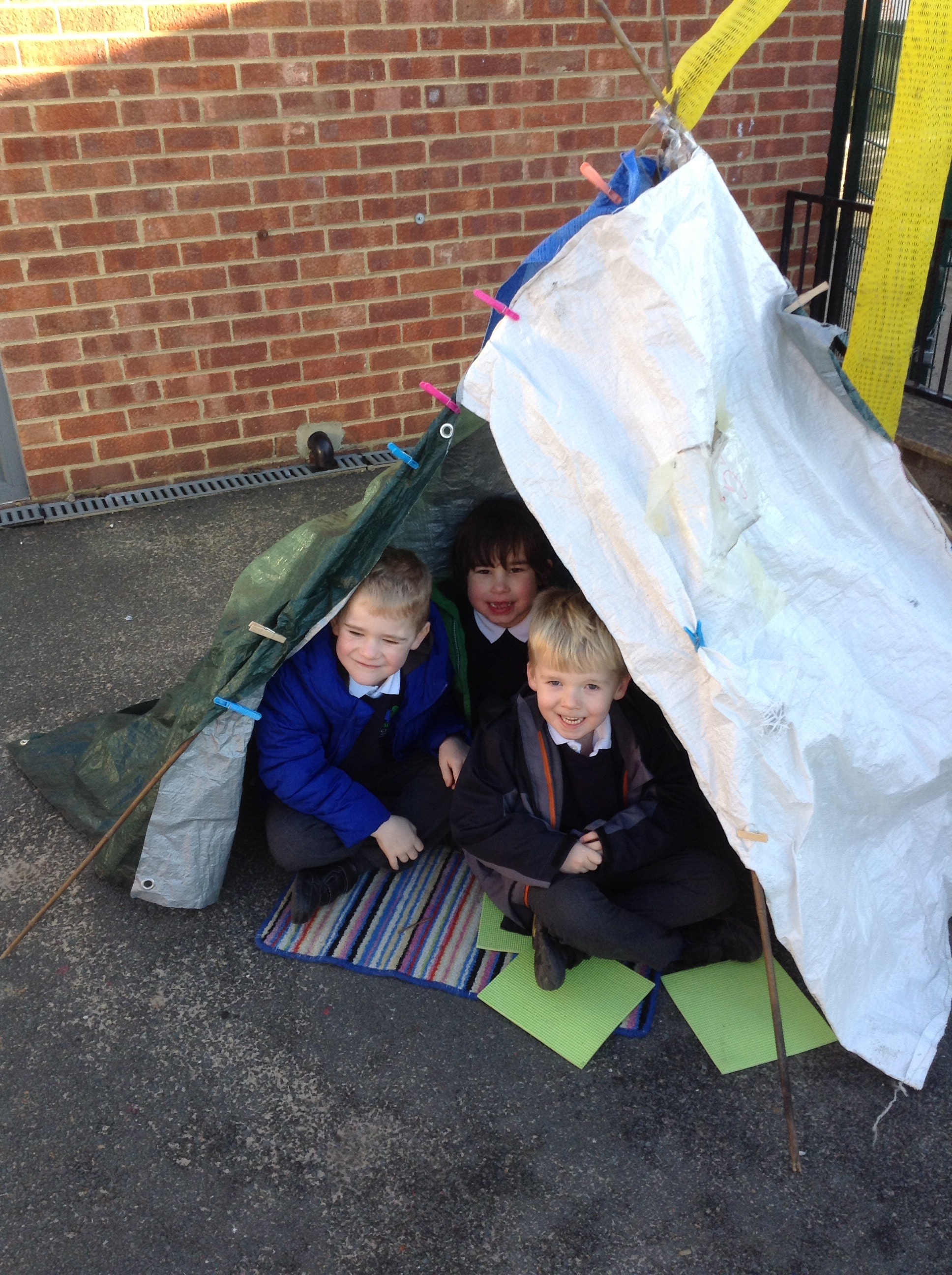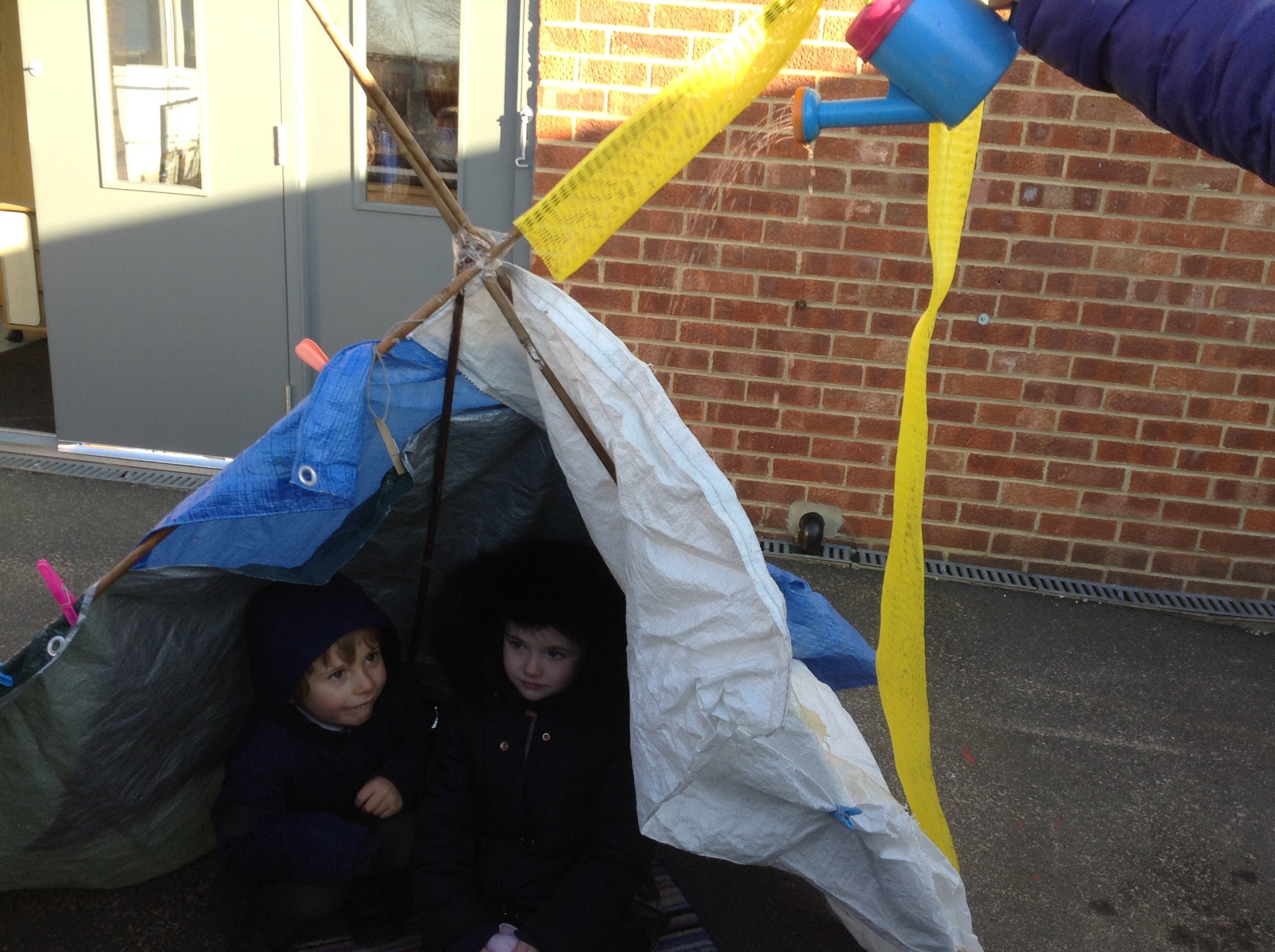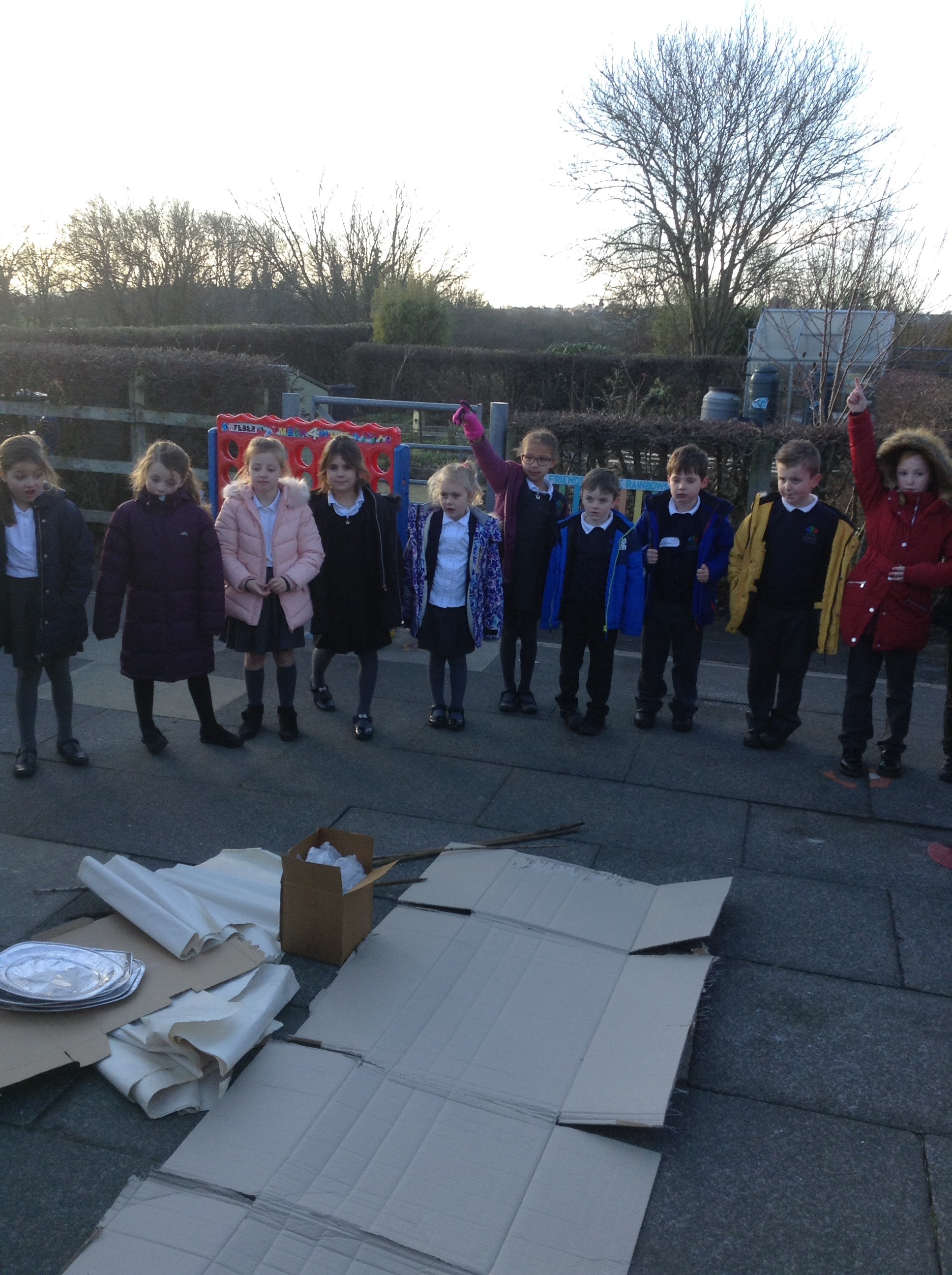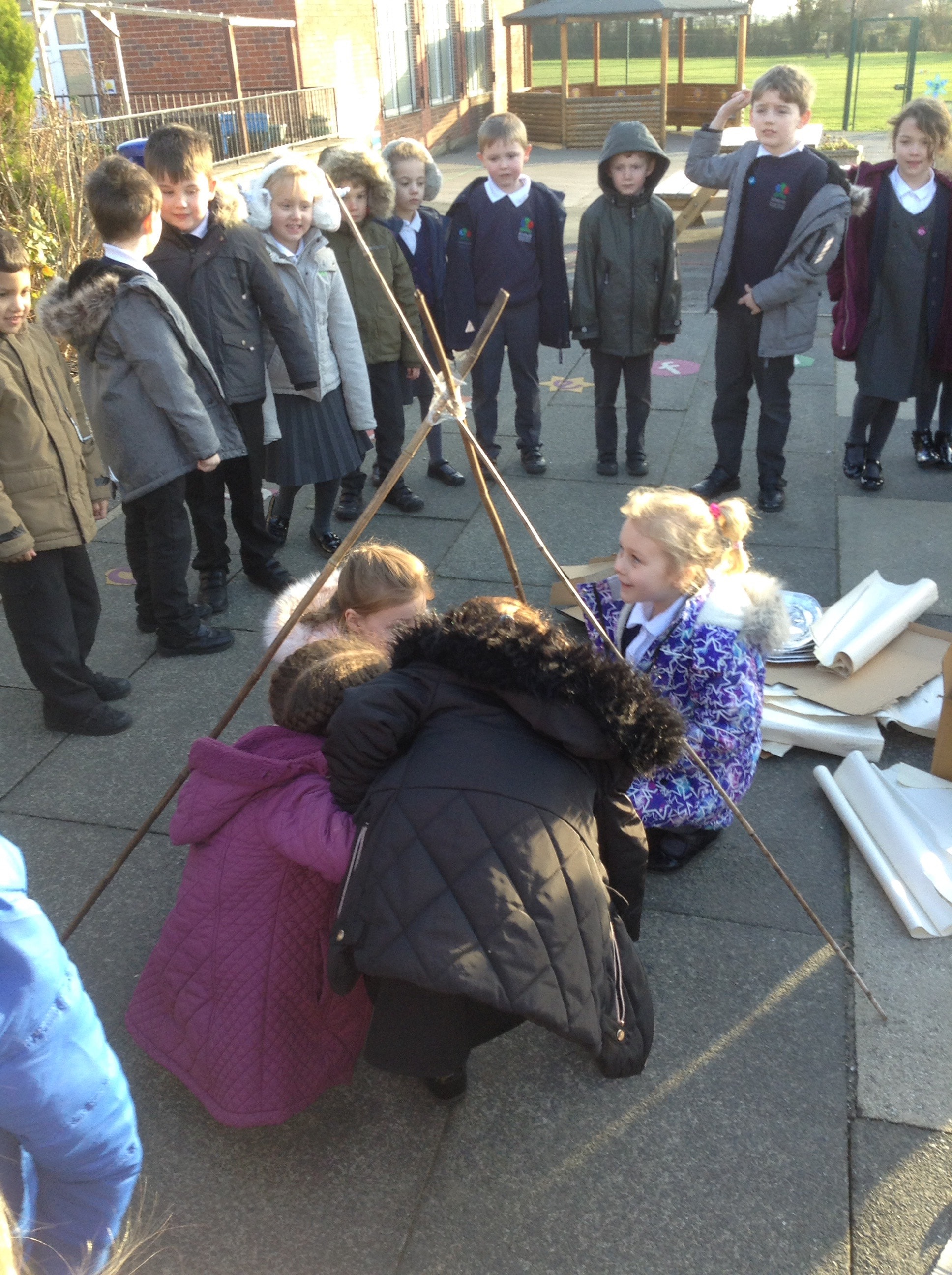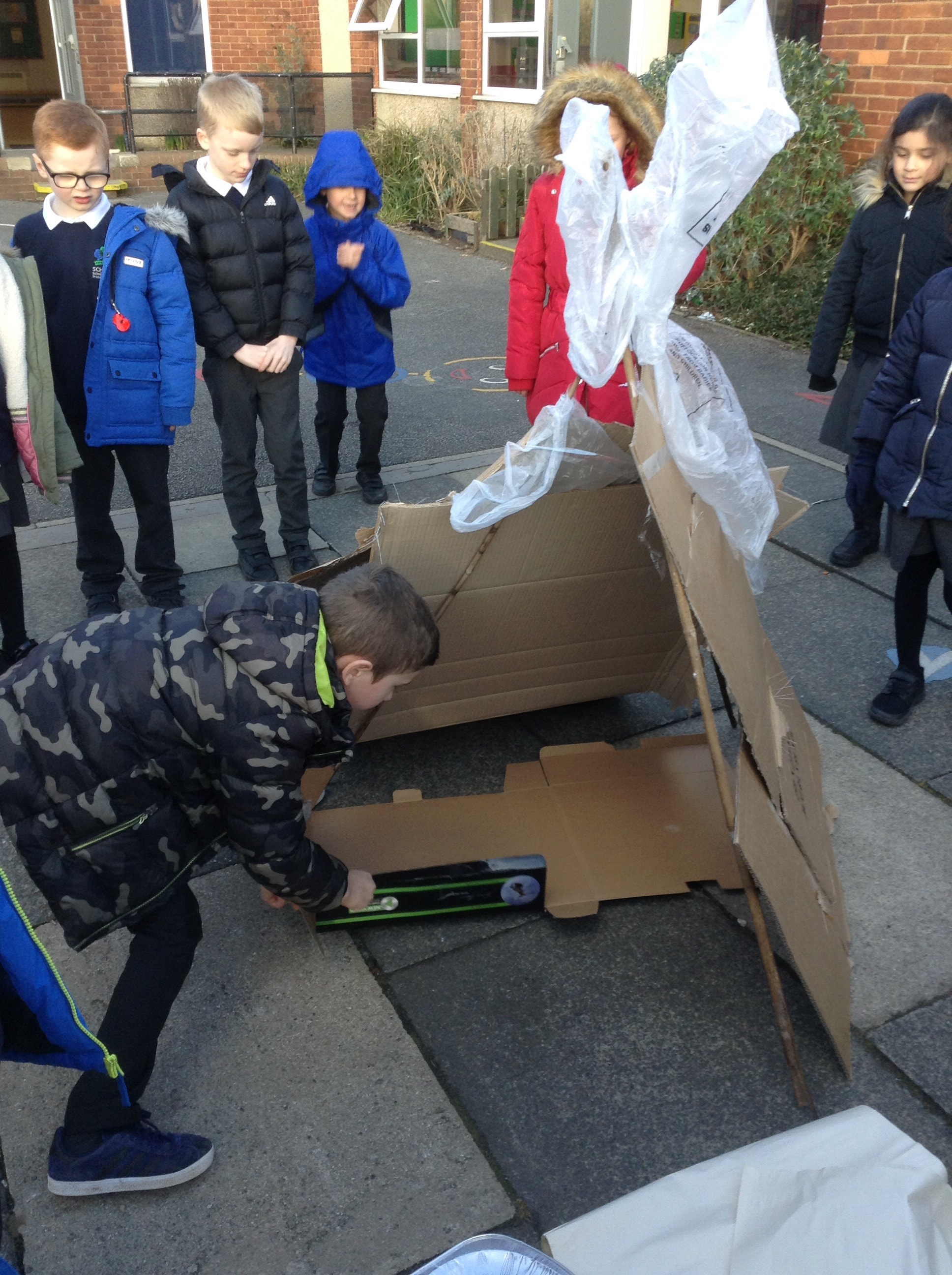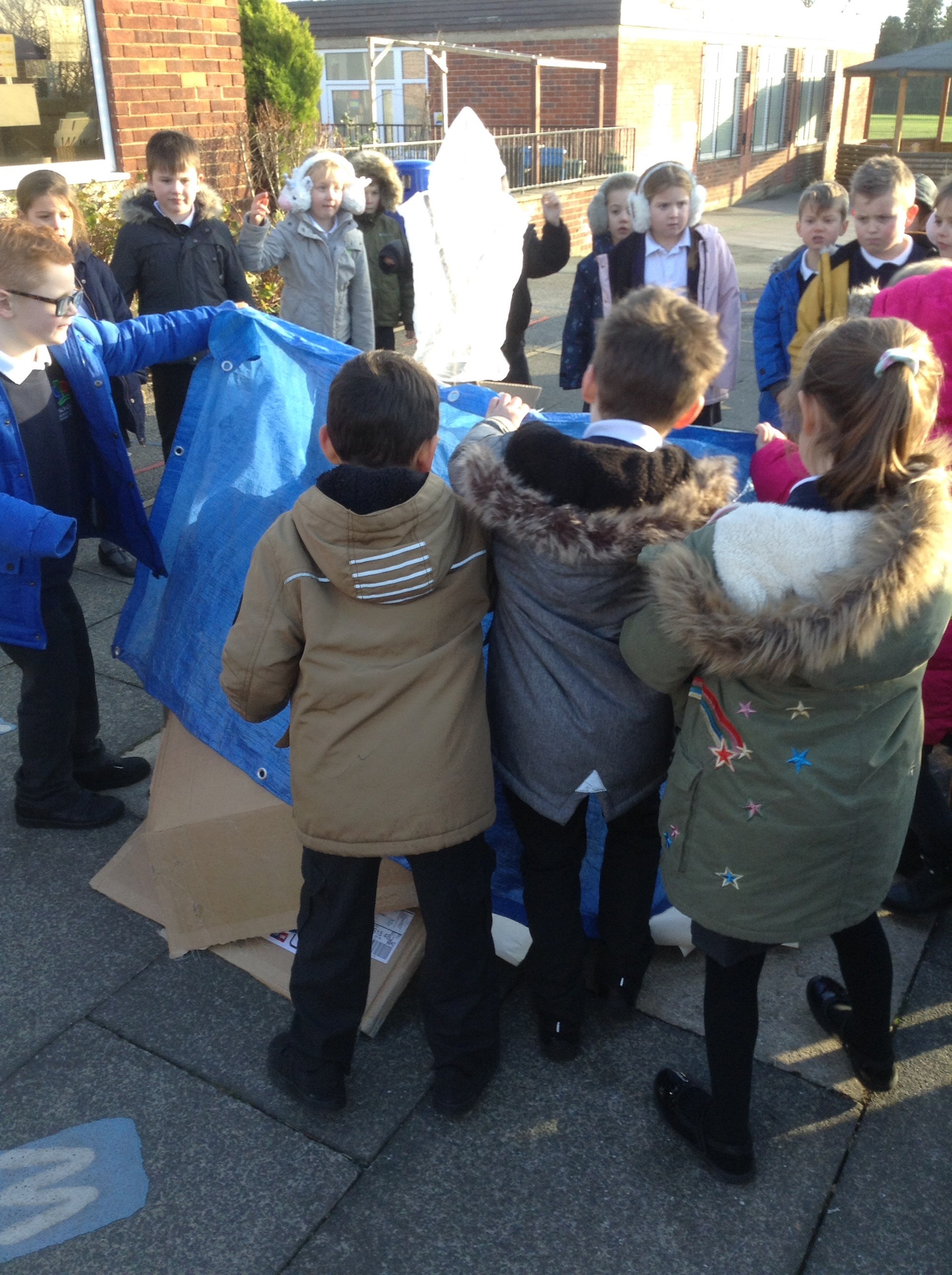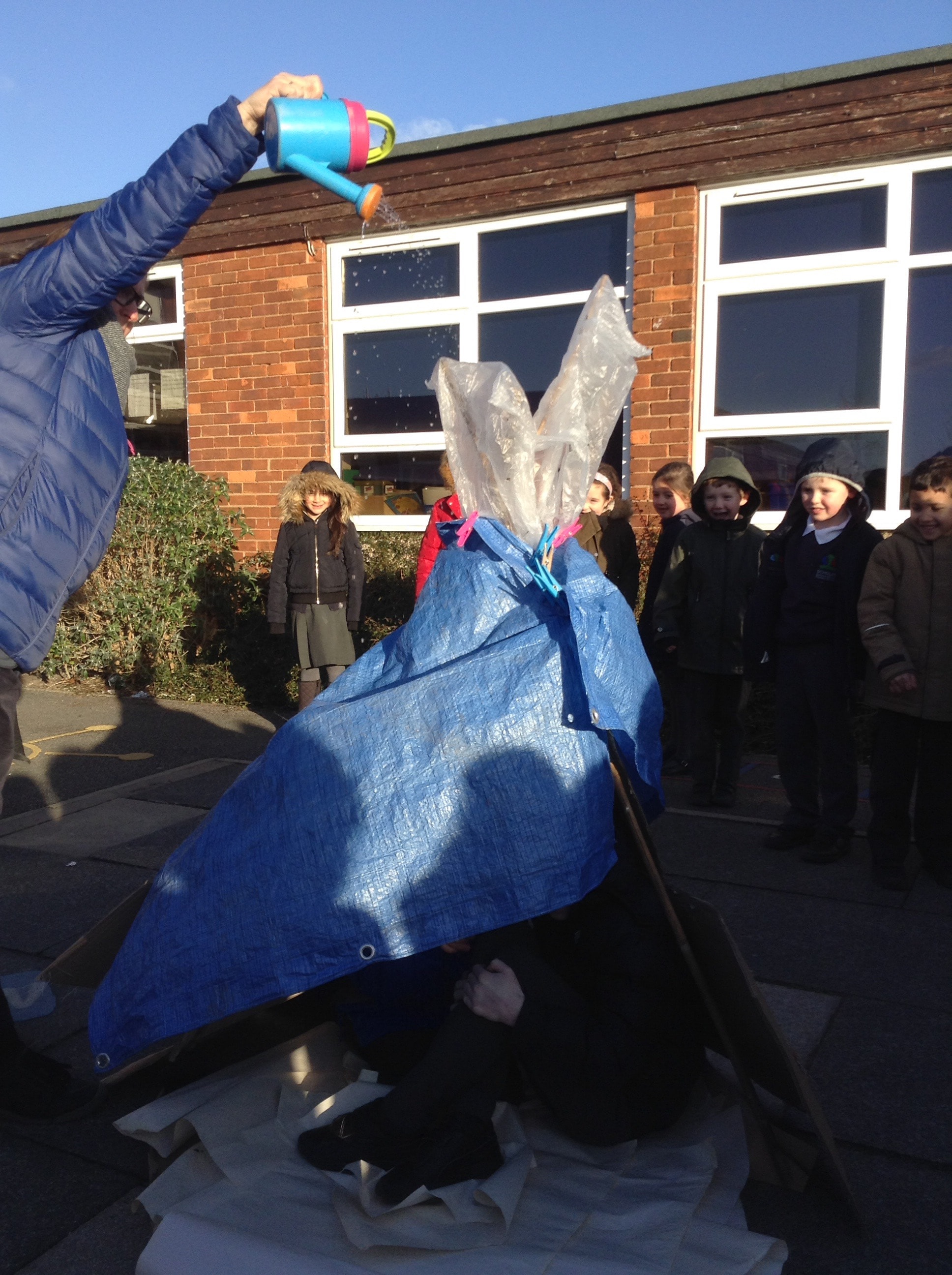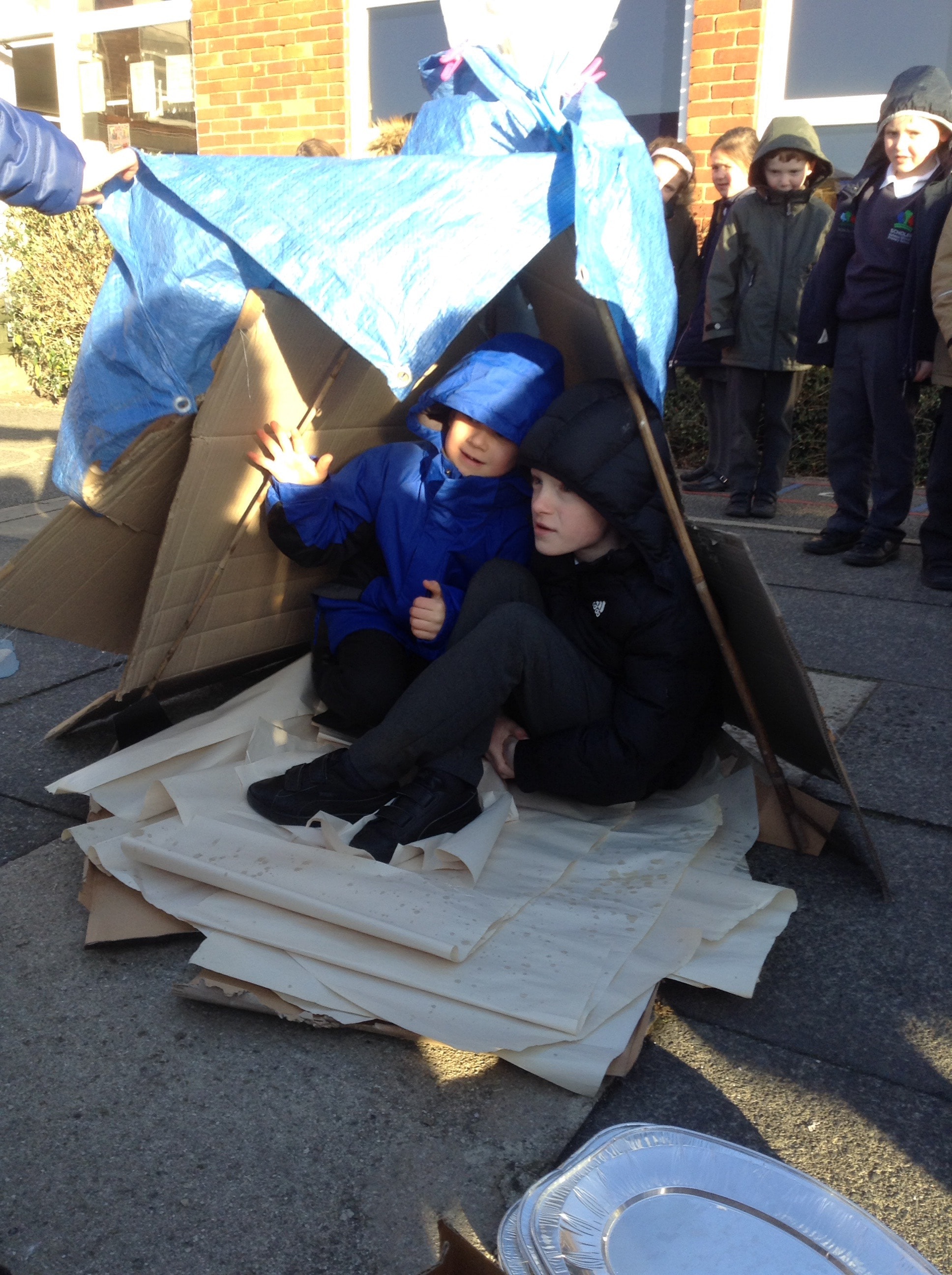Pirate Pete and home-link challenge
We have had a very exciting two weeks so far with our Pirates topic. To begin, the children talked about what they already knew about pirates. They enjoyed writing words and sentences and drawing lots of pictures.
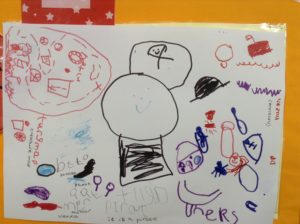

When the children went to the library on Wednesday, there was a special message waiting for them from Pirate Pete.
Pirate Pete had snuck into school and left them a message in a bottle along with a book – How to be a pirate. We read the book together and brought it back to class. The children enjoyed finding out lots of new pirate facts.


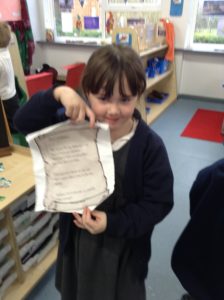
The children were so excited to get a message – they decided to write thank you letters to Pirate Pete. They also had lots of questions they wanted to ask too. They wanted to know how old he was and also what Port and Starboard meant (as they had heard it in a pirate song we had been listening to).

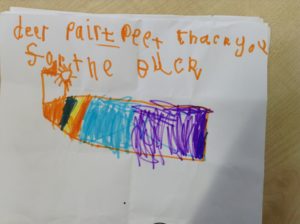
Dear Pirate Pete. Thank you for the book.
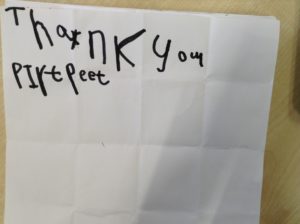
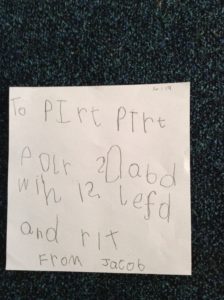
To Pirate Pete. Port starboard – which is left and right?
Today, when the children came to school they found two more letters (one for Rainbow class and one for Sunshine class). Pirate Pete had also sent a book to read, which told them all about his adventures at sea.



We read the Pirate Pete story together and this left the children with so many more questions and things they wanted to find out:
- What does he eat?
- How did he get a hook on his hand and foot?
- What food does he like?
- How did the shark bite him?
- Does his parrot have a name? maybe it is Scurvy.
- “He is brave” commented a child.

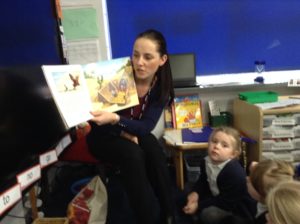
The children then wrote back to Pirate Pete to ask him lots of new questions.
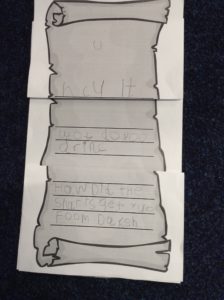
Here there are 3 examples of children’s writing
1: How can you eat? – In this example the child has written the initial sound for each word.
2: What do you drink? – In this example the child has used their phonic knowledge to segment the words.
3: How did the shark get you? – In this example the child is beginning to write sentences using some digraphs and the correct spelling for some tricky words.
Home-link – 3 challenge cubes
Can you support your child to use a laptop/ iPad to research and find out more about a pirates life or about some of the real life pirates?
Your child can record this however they like. Please bring it in to share with the class.
You can email any pictures of your child using an iPad/laptop to find information. This will support us in our assessment by providing evidence towards the Technology strand of the EYFS.
‘Children recognise that a range of technology is used in
places such as homes and schools. They select and use
technology for particular purposes.’
There’s no such thing as a Gruffal…
Oh, what fun we’ve had reading the Gruffalo this week! Children obviously love this story; it has provided a great stimulus for conversation and is helping children to develop their early reading skills. In the large construction area, one child decided to build a ‘Gruffalo floor’ and we used this to create a puppet theatre. Children enjoyed working together to use puppets to create a show for their friends.
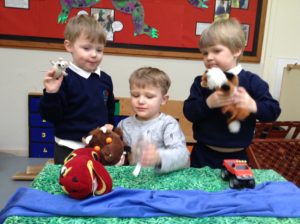
If you want to sing a long to a Gruffalo song that we enjoyed listening to in Nursery, here’s a link to a video you can watch at home. Julia Donaldson’s website is also full of lots of ideas and games to play too. If you have a go at making Gruffalo crumble, send us a picture and let us know what it tasted like!
The reading area has also been popular this week; we’ve added a collection of other stories written by Julia Donaldson. We’ve noticed lots of excellent early reading skills being developed.
In the Early Years Foundation Stage, when working in the 30-50 months developmental band for reading, children should begin to:
- Join in with stories and guess what might happen next.
- Listen to longer stories and talk about the main events and characters.
- Know that stories have beginnings and endings.
- Look at books independently (holding them the correct way up and turning the pages carefully).
- Talk about the illustrations and begin to understand that print is read from left to right and conveys meaning.
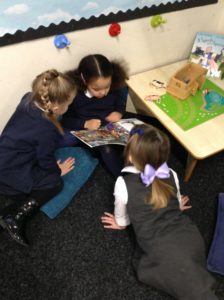
We also enjoyed consolidating our learning about basic 2D shapes (circle, square, rectangle and triangle) by going on a shape hunt around school. We found lots of shapes including a triangle on a sign for the swimming pool and a circle on the giant playground clock.
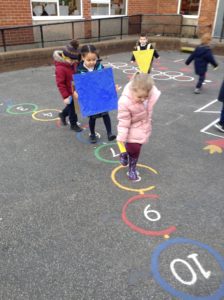
We played a game on the interactive whiteboard to feed the correct shape to each monster.
Den-making in Science – is it waterproof and warm?
Year 1 and 2 concluded our Science-based mini-topic with a fun afternoon of den building. We chose materials based on their properties to make our dens waterproof and warm. There were several volunteers who were more than happy to test out if it was waterproof when we were pouring water on them!
If we use plastic on the outside, it will be waterproof.
We could use carpet square to sit on inside. That will keep us warm.
Cardboard and paper is warm to sit on.
Lets put cardboard on the sides under the plastic to keep the wind out.
The Water Cycle …in a bag!
As part of our ‘What’s the Matter?’ mini-topic, we have been studying the water cycle.
We recreated the elements of the water cycle by pouring water (with blue food colouring for the sea!) into a zip lock bag and placing it in a warm area of the classroom.

Measuring skills were used.


Teamwork!


We watched the water evaporate .
At the top of the bag, small water droplets formed to show condensation.
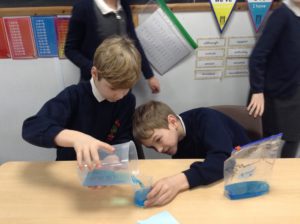

And finally, the water vapour got heavy and trickled down back into the ‘sea’ just like precipitation.
A simple yet effective way of showing this process.
Y5 reading: non-fiction
This week, Year 5 have practised a rang of reading skills using the same non-fiction text.
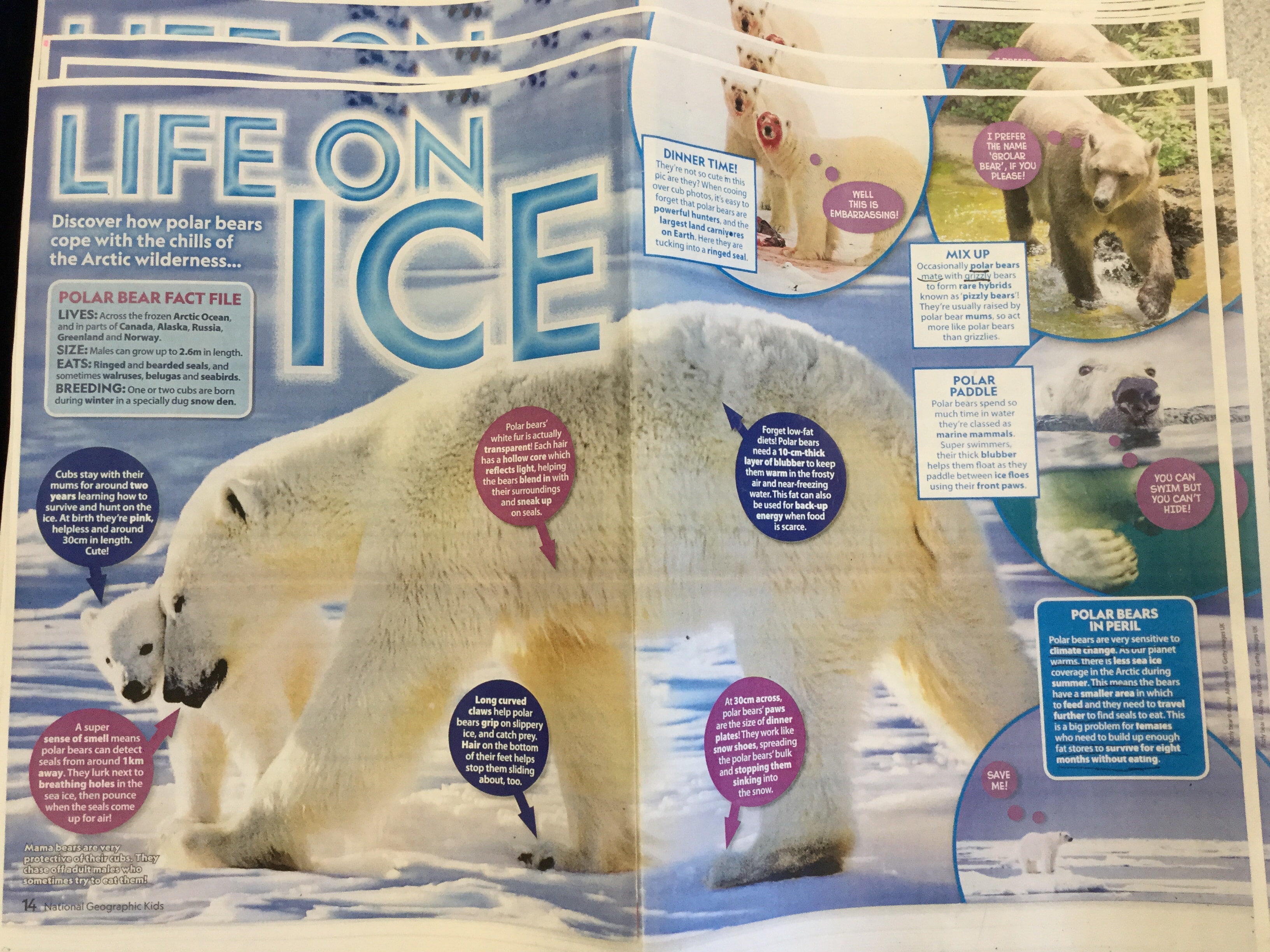
We started off by exploring and evaluating the text. This is a great way of ensuring we understand a text (and ones with read before) and helps us to become critical, reflective readers – we really enjoy it, too!
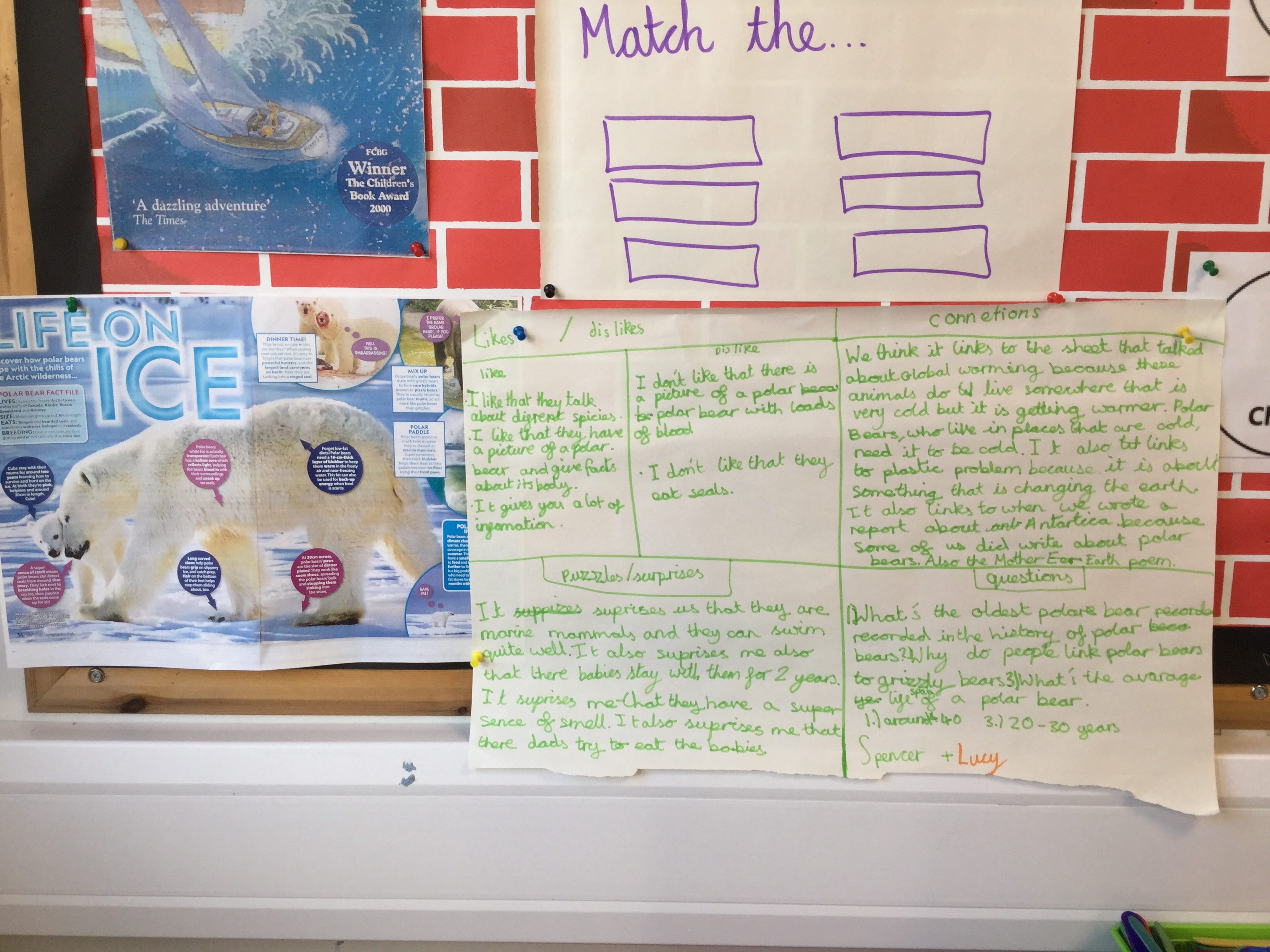
Challenge your child by completing the same activity with them about a book they’re reading at home.
Then, we practised our retrieval skills. However, we’re pretty good at retrieving information from the text so we had a challenge. Instead of being given the questions, we were given the answer and had to work out what the question would’ve been. Help at home by trying this strategy when you’re reading with your child.
In our next lesson, we learnt how to tell the difference between facts and opinions. We applied our knowledge by identifying some facts and opinions from the text. As a challenge, we created our own.
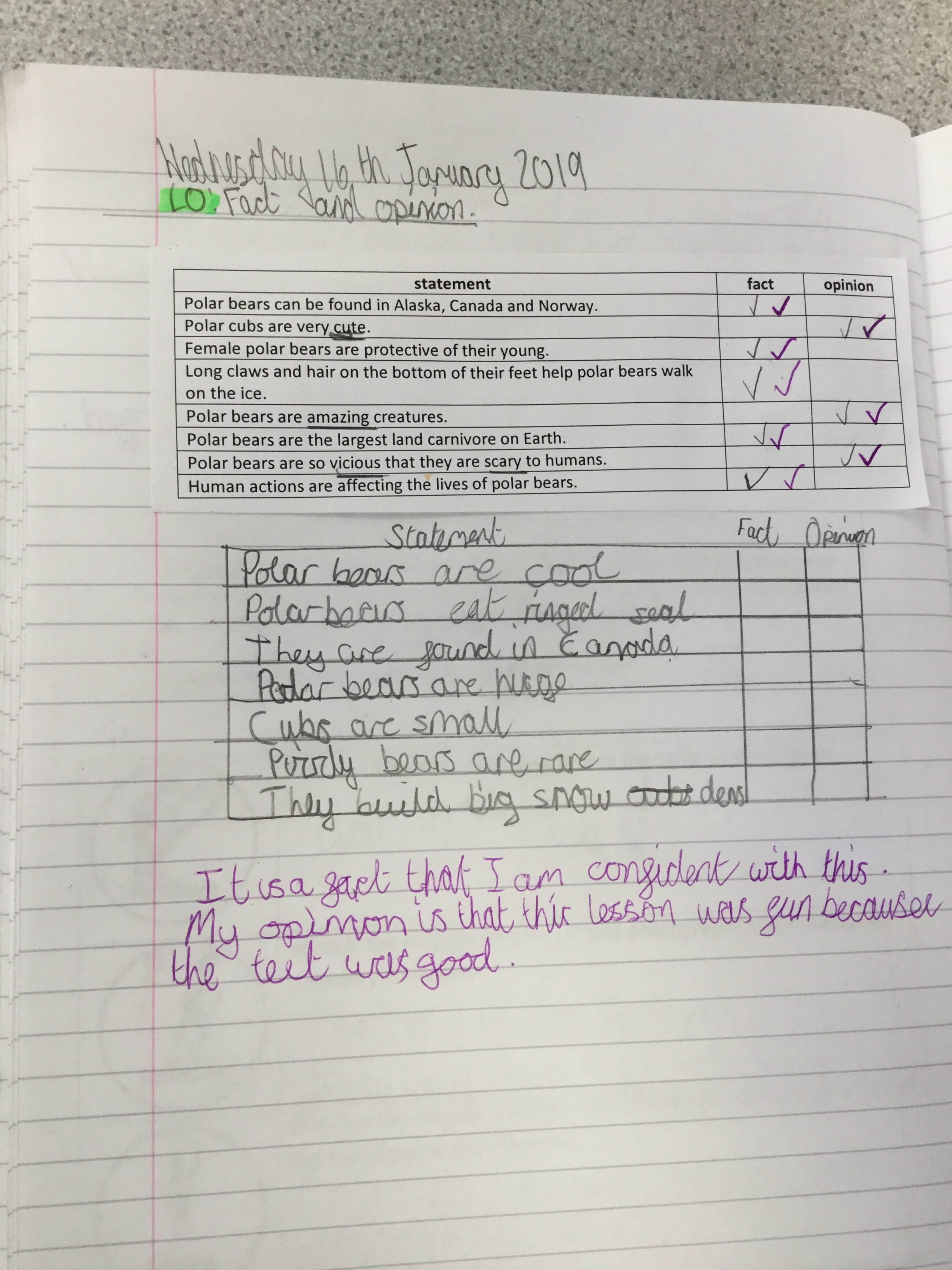
In our final lesson, we read and analysed another non-fiction text:
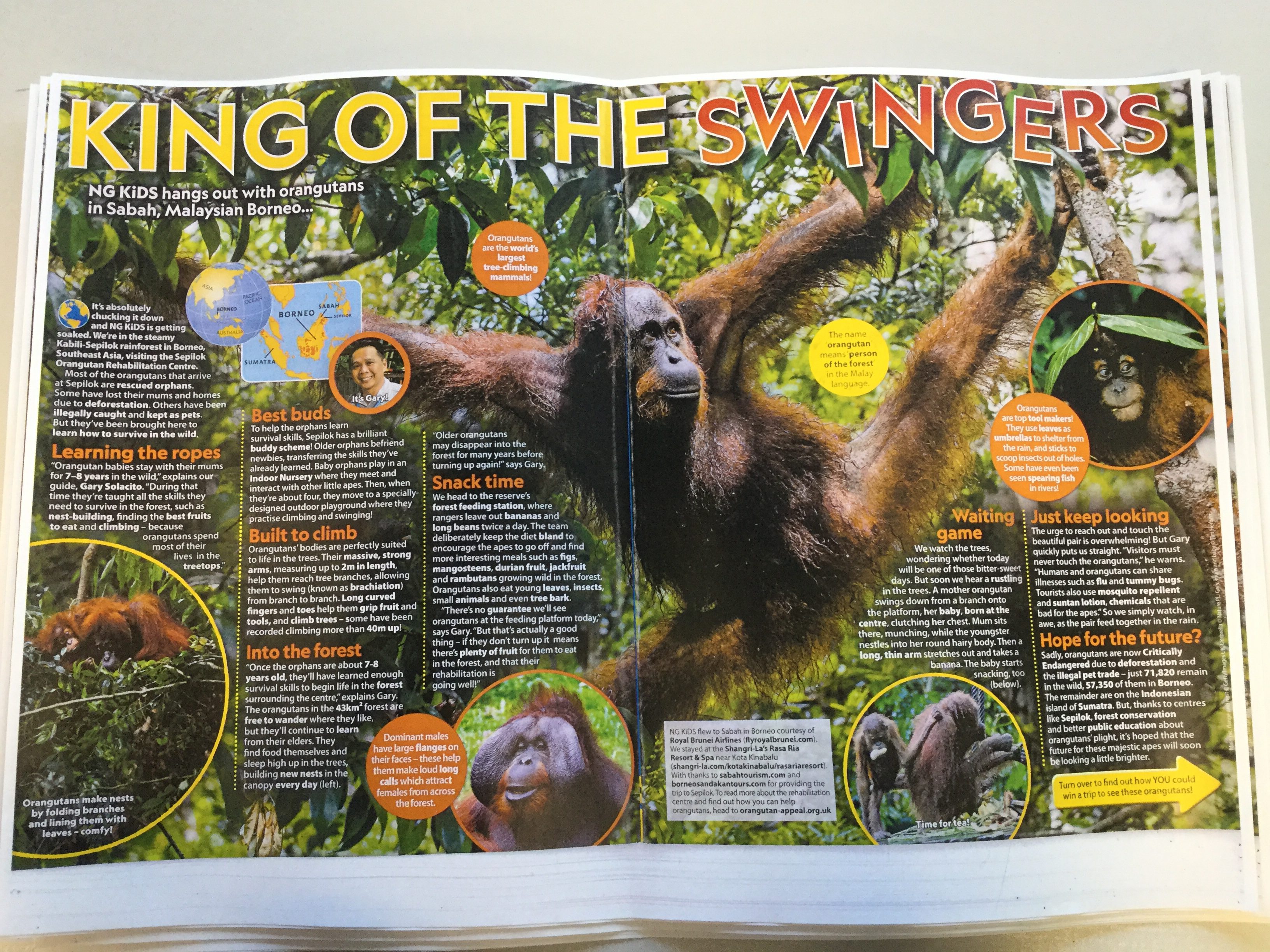
We evaluated the articles against each other, formed our own opinions and looked for similarities and differences. Ask your child which article they preferred and why.
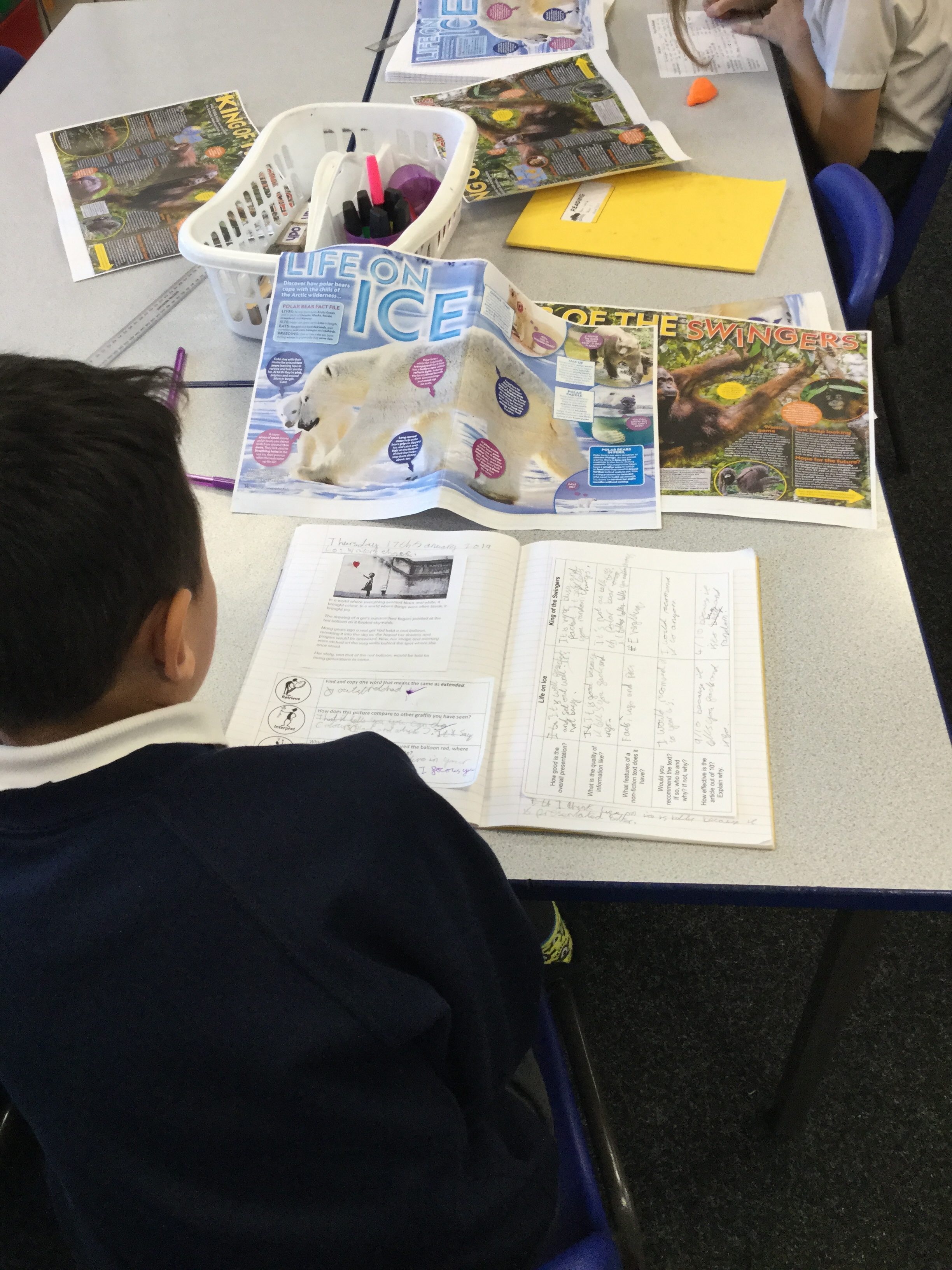
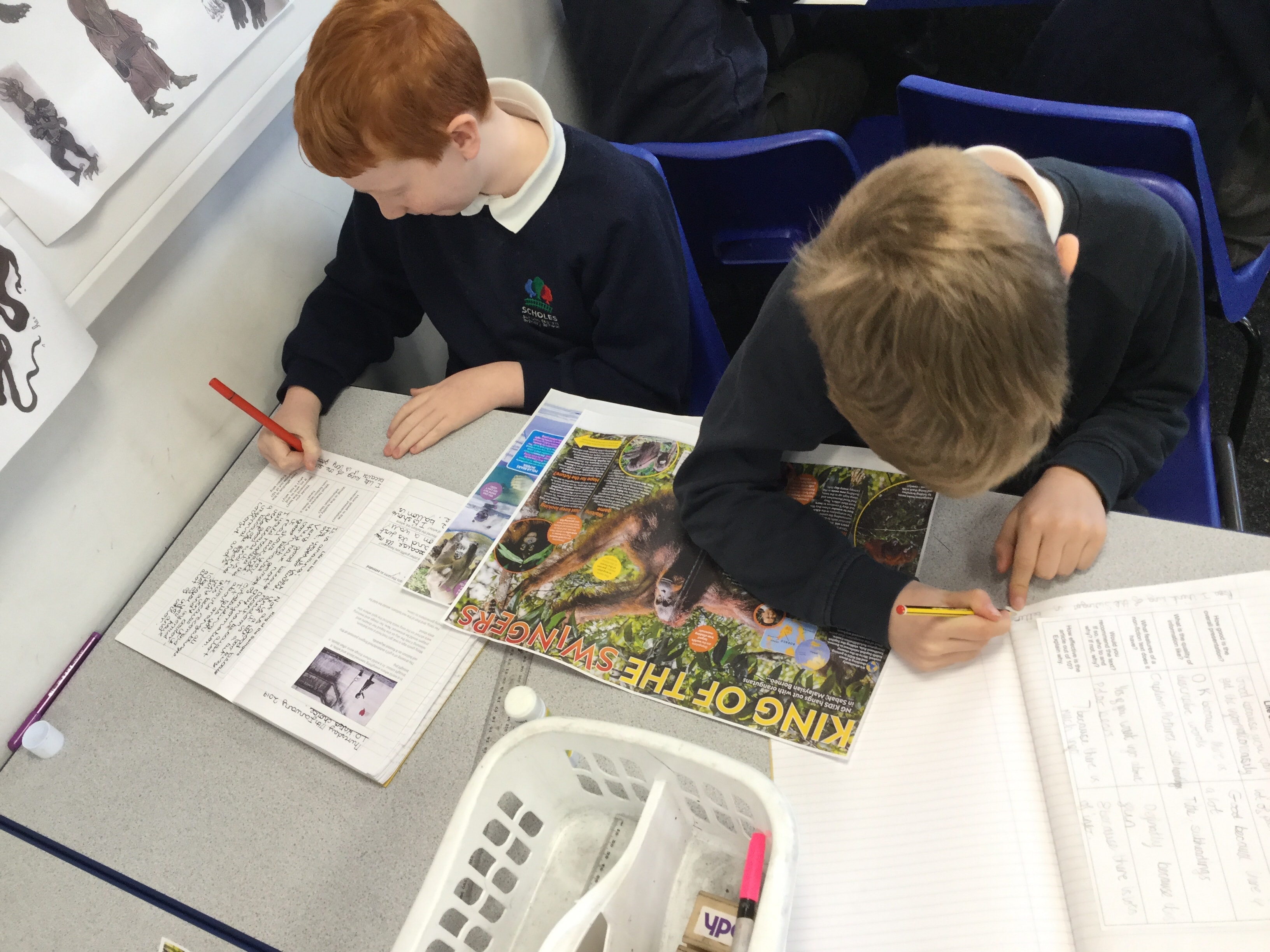
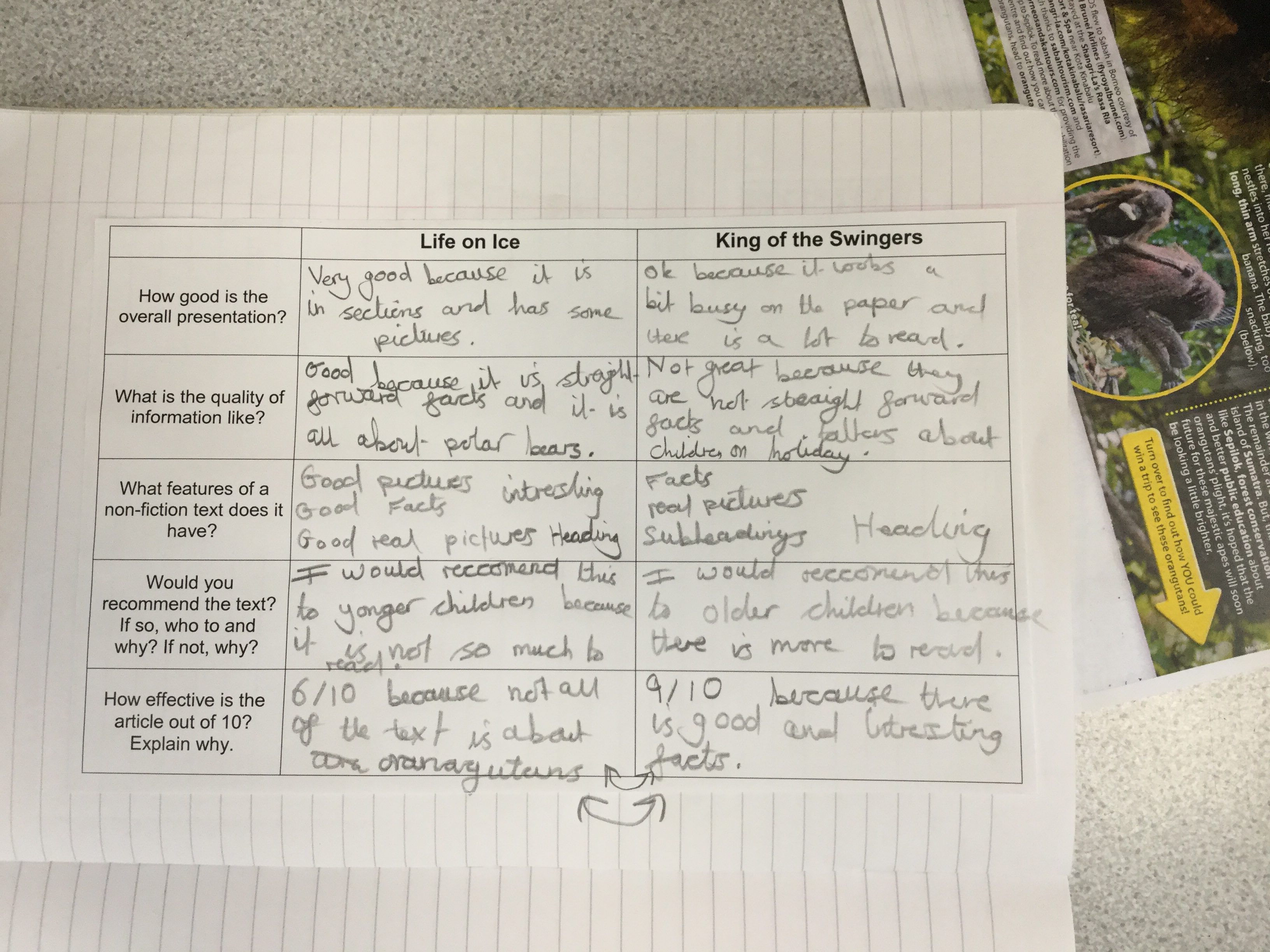
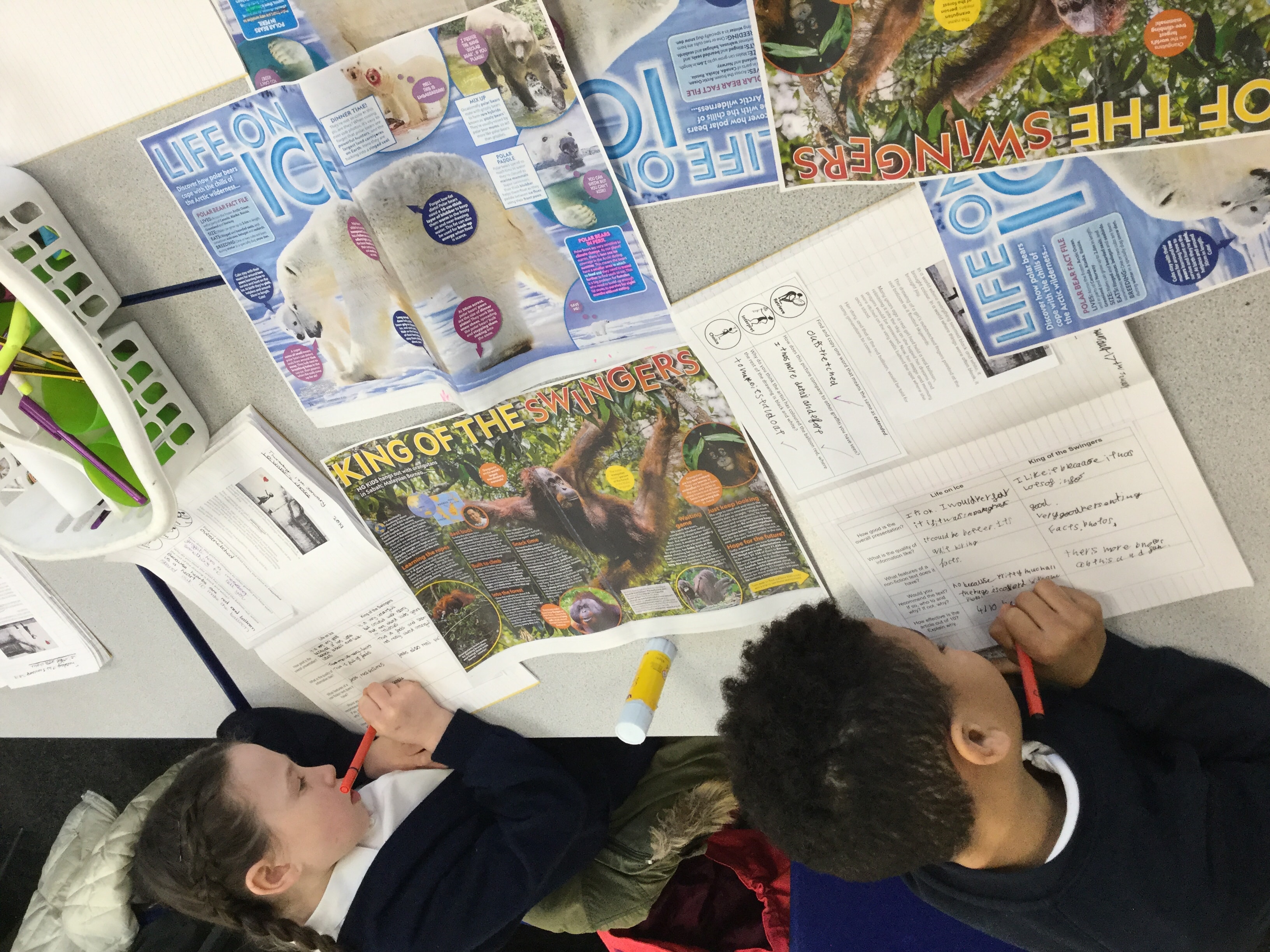
Rocket word fun!
Here are some games to make learning the rocket words fun and engaging for your child.
BOO!
Preparation/Equipment:
Write the words on individual pieces of paper and fold into a cup.
Write the word BOO on some of the individual pieces of paper and fold into a cup.
How to play:
Take it in turns to pick a word out of the cup and read it.
If you get BOO put all your words back.
The winner is the person with the most words at the end of the game.

Splat!
Equipment:
Words on card/paper
Fly swatter
How to play:
Splat the words with the fly swatter and get your child to say the words OR
ask your child to splat the words as they read them.

Living and Learning- I don’t interrupt (with my mouth or my hand).
We have started the year with another Living and Learning statement that relates directly to manners – at home (where waiting our turn and not interrupting helps us to get on well with others) and in the classroom (where we try to avoid putting our hand up if it means the speaker feels like they’re being interrupted or hurried up).
We enjoyed a group activity where we were given different classroom scenarios. After discussion, we decided if the scenario was something that we should or shouldn’t interrupt our learning for. Would you agree or disagree with the placement of the scenarios in this photo? 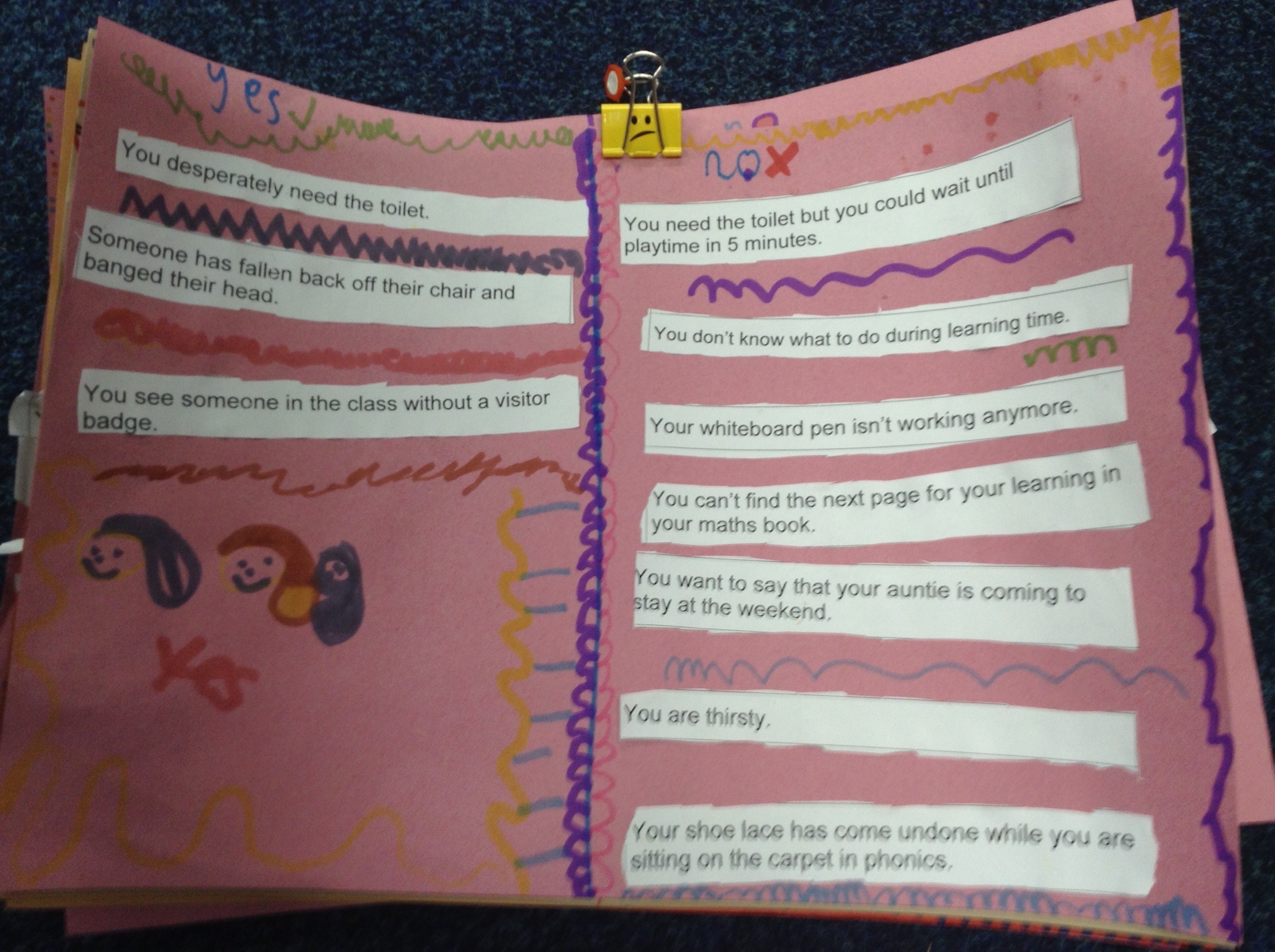
Keeping active – skipping
All year 1 and 2 classes enjoyed a skipping lesson from Jodi from Skipping School last week. We worked on our individual and big rope technique. Year 2 will be entering a competition later in the year (which Miss Parling will be setting up an after school skipping club for). Children can bring skipping ropes to school to use at playtimes and lunchtimes (please name them clearly).
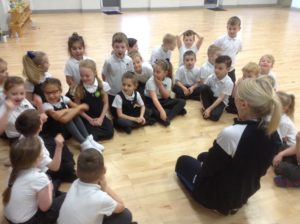
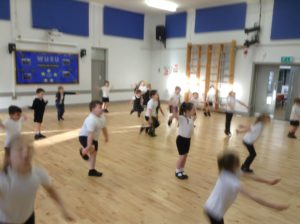
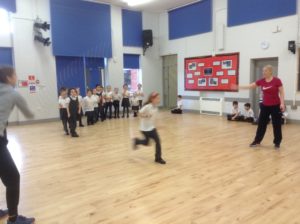
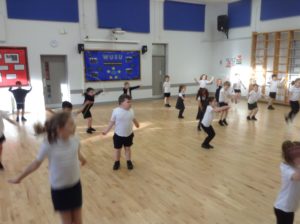
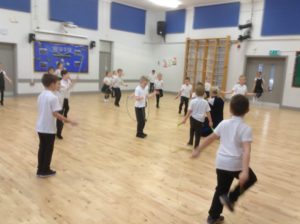
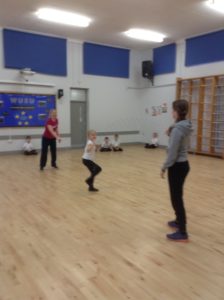
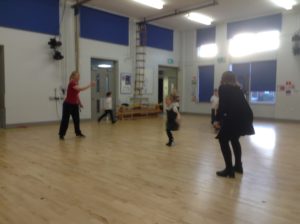
Time to talk
We love hearing about what your child has been up to at the weekend during our time to talk sessions. It’s a great chance for your child to build their self-confidence by speaking in front of their peers. It’s also a valuable time to develop their communication and language skills.
If your child brings a time to talk sheet (which you can get from the parent partnership board in the classroom) on a Monday, they’ll be able to share their Monday news with their key worker group. You can also email pictures to support your child to remember what they did at the weekend.
As well as sharing time to talk sheets from home, your child gets the chance to draw a picture, label it (initial sound/word) or write a caption/sentence about their weekend. This is an opportunity for your child to write about something that is meaningful to them.
In this example the child has labelled her picture with the word red.

In this example the child has written a sentence – I went to a party.
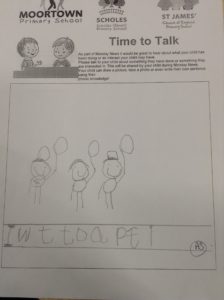
In this example the children enjoyed writing a list of jobs for the pirate crew – sweep the deck, walk the plank, fight the baddies, find the treasure.

When writing a sentence we encourage your child to think about their sentence, say their sentence aloud, count how many words are in their sentence and then write it. Finally, don’t forget to check it! Below is a picture prompt your child will be familiar with when writing a sentence.

